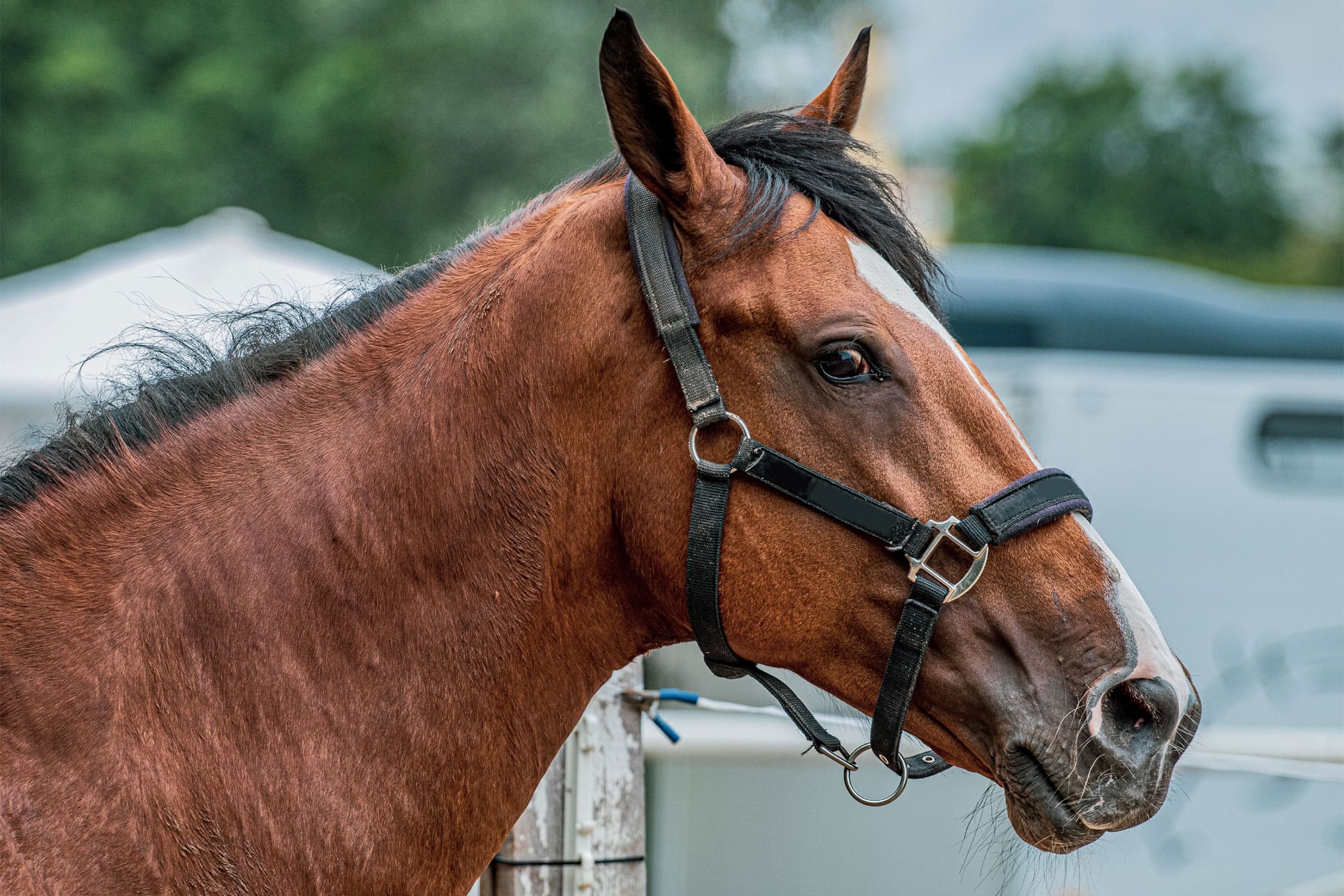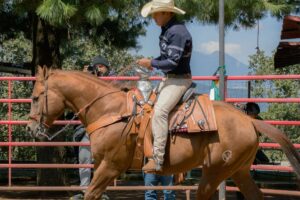
In the equestrian world, there has been a growing interest in exploring alternative methods of riding that do not involve the use of a bit. Traditionally, bits have been a common piece of tack used to communicate with horses and control their movements. However, some riders have started to question the use of bits, citing concerns about the potential discomfort or pain they may cause to horses. In this article, we will delve into the concept of bitless riding, exploring different approaches and their potential benefits.
The Bitless Revolution: Bitless riding represents a departure from conventional practices, aiming to establish a more compassionate and harmonious connection between horse and rider. Advocates of bitless riding argue that eliminating the bit can promote greater trust, relaxation, and communication with the horse. By removing this piece of tack, riders seek to create a more natural and gentler riding experience.
Bridleless Riding: One popular approach to bitless riding is bridleless riding, where the horse is ridden without any headgear. This method relies heavily on building a strong bond and mutual understanding between horse and rider. Riders using this technique often emphasize subtle body cues, weight shifts, and vocal commands to communicate with their horses. It requires a high level of skill and trust between the horse and rider, but proponents believe it leads to a more responsive and willing equine partner.
Hackamores and Bosals: Hackamores and bosals are alternative forms of headgear that allow riders to communicate with their horses without the use of a bit. These devices work by applying pressure to different areas of the horse’s face, such as the nose or chin, to signal desired movements. Hackamores typically consist of a noseband and reins, while bosals are a type of noseband made of braided rawhide or rope. These options offer varying degrees of control and are favored by riders who seek a softer and more direct form of communication with their horses.

The Crossunder Bridle: Another popular bitless option is the crossunder bridle, also known as the “Dr. Cook’s Bitless Bridle.” This design uses a system of crossed straps under the horse’s jaw, applying pressure to different points to guide the horse’s movement. The crossunder bridle allows for clear and gentle communication while distributing pressure more evenly than a traditional bit. It has gained popularity among riders who desire a bitless option that still provides a familiar feel and level of control.
Benefits and Considerations: Advocates of bitless riding often highlight several potential benefits. They argue that it can improve a horse’s overall well-being, relieve potential discomfort associated with bits, and foster a deeper connection between horse and rider. However, it’s essential to note that each horse is unique, and the transition to bitless riding may require patience, training, and professional guidance. Riders should consider factors such as their horse’s temperament, discipline, and individual needs before making the switch.
Conclusion: As equestrians continue to explore alternative approaches to riding, bit less riding has emerged as a viable option for those seeking a more humane and empathetic connection with their horses. By considering various methods such as bridle less riding, hackamores, bosals, and cross under bridles, riders can find the approach that best suits their horse’s needs and their riding goals. The shift towards bit less riding reflects an evolving understanding of horsemanship, emphasizing the importance of mutual respect and communication between horse and rider.






